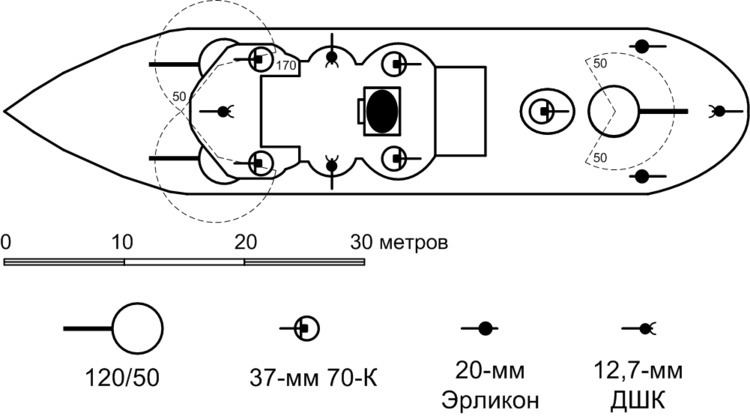 | ||
2 torpedo boats sunk 1 river monitor sunk
3 river monitors damaged
1 patrol boat damaged
3 barges sunk
1 barge damaged
1 submarine sunk
1 submarine lightly damaged
1 aircraft destroyed | ||
The Royal Romanian Navy during World War I (1914–1918) was divided into two fleets and fought against the forces of the Central Powers.
Contents
Danube fleet
River Monitors
Gunboats
Fluvial Motor Torpedo Boats
Black Sea fleet
Cruisers
Torpedo boats
Minelayers
1916
On the night of 27 August, just after Romania declared war on Austria-Hungary, the Romanian river torpedo boats Rândunica, Bujorescu and Catinca attacked the Austro-Hungarian Danube Flotilla at the Bulgarian port of Ruse, sinking one barge loaded with fuel and damaging the port's quay.
On 30 September, near the Romanian port of Sulina, the German submarine UB-42 launched a torpedo at the Romanian torpedo boat Smeul, but missed. The Romanian warship counterattacked, damaging the submarine's periscope and conning tower and forcing her to retreat.
On 2 October, during the Flămânda Offensive, Romanian artillery damaged the Austro-Hungarian river monitors Bodrog, Körös and Szamos together with the patrol boat Barsch and one coal barge. On 3 October, two Austro-Hungarian barges were also sunk by Romanian artillery. The Austro-Hungarian warships finally retreated in the early hours of 4 October, after being informed that the Romanian river monitors were approaching the area.
After conquering the main Romanian sea port of Constanța during the Second Battle of Cobadin, the Germans set up a naval base which was used by German seaplanes for raids against Sulina, the last Romanian-held sea port. On 7 November, Romanian 57 mm guns from the old protected cruiser Elisabeta were used to shoot down one of the seaplanes, killing the commander of the squadron.
In mid-November, the only minelaying submarine of the Central Powers in the Black Sea, UC-15, was sent on a mission to lay 12 mines off Sulina and never returned. She might have been sunk by her own mines, as was the case with several other ships of her class. She could have also been sunk by the barrage of 30 mines laid at Sulina by the Romanian minelayer Alexandru cel Bun (built in Britain in 1882, 104 tons, armed with one 37 mm gun and two machine guns, top speed of 9 knots). Her Flotilla briefly remained without a minelaying submarine, until UC-23 was commissioned in early December.
On 3 December, the Romanian river torpedo boat Căpitan Valter Mărăcineanu was sunk on the Danube by a mine.
1917
On 16 April, the Romanian torpedo boat Smeul capsized during a storm near Sulina, the greatest loss of the Romanian Navy during the war.
On 22 September, Romania achieved its greatest naval success of the war, when the Austro-Hungarian river monitor SMS Inn struck a Romanian mine and sank near Brăila.
